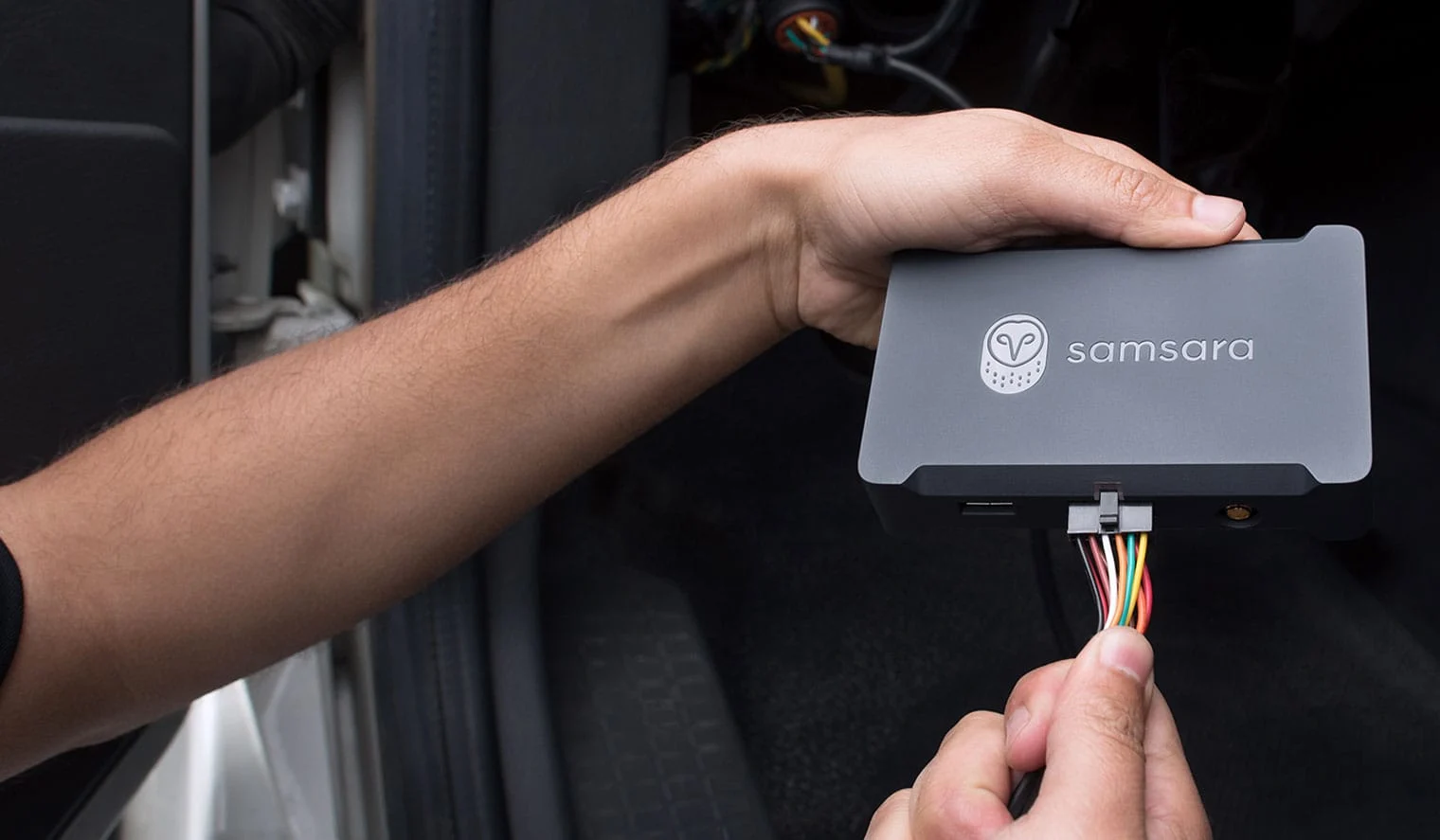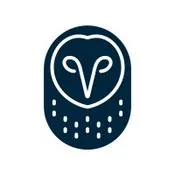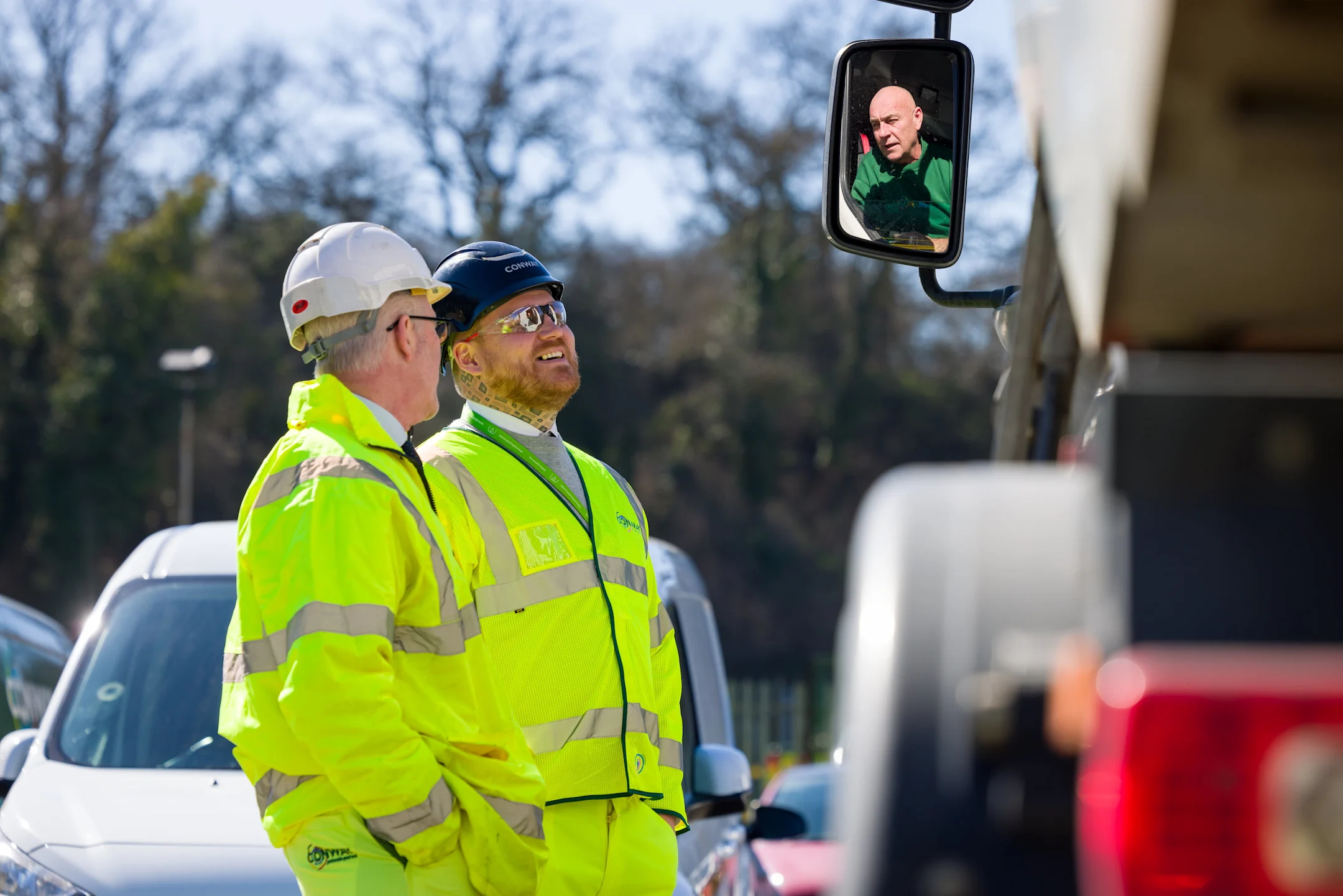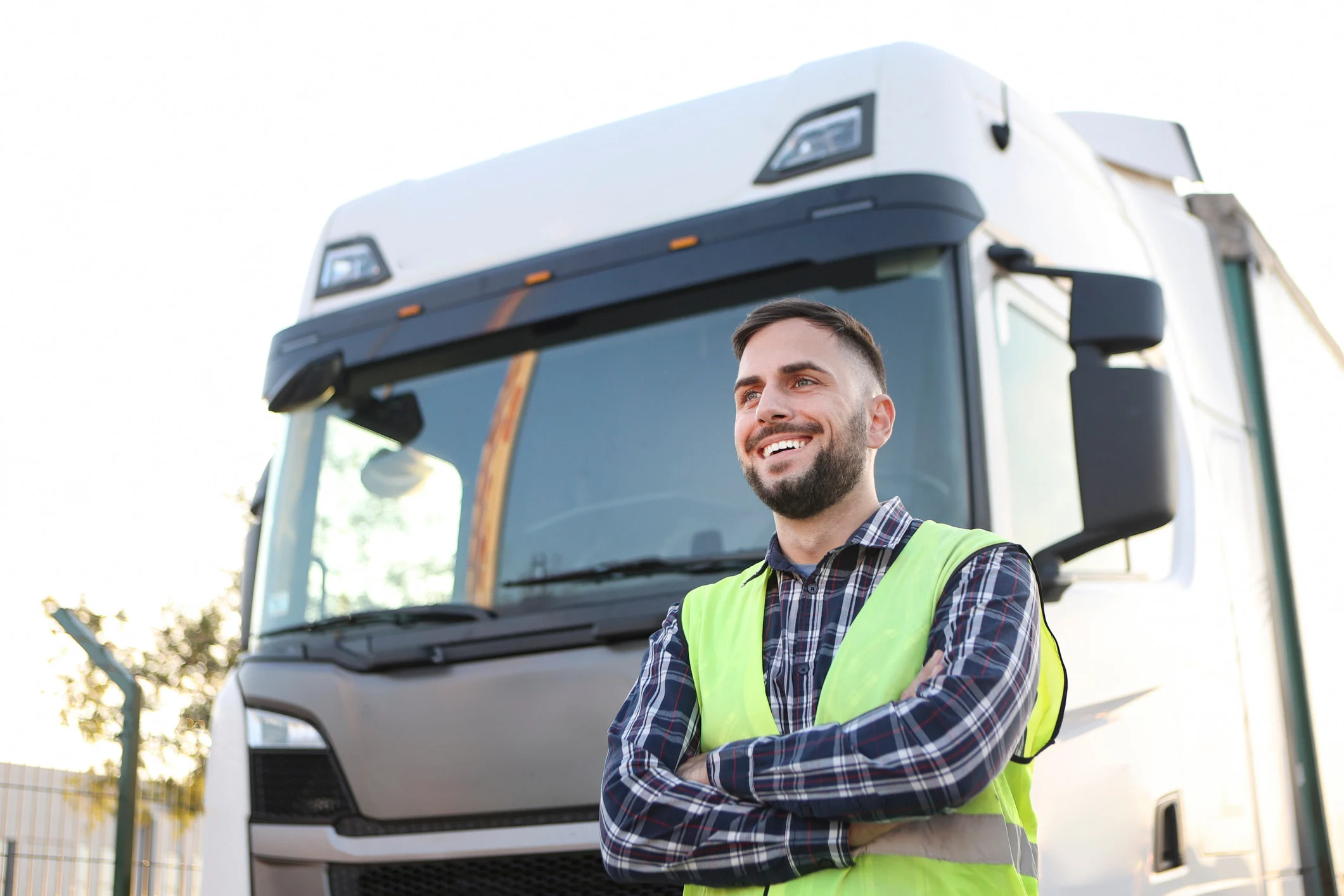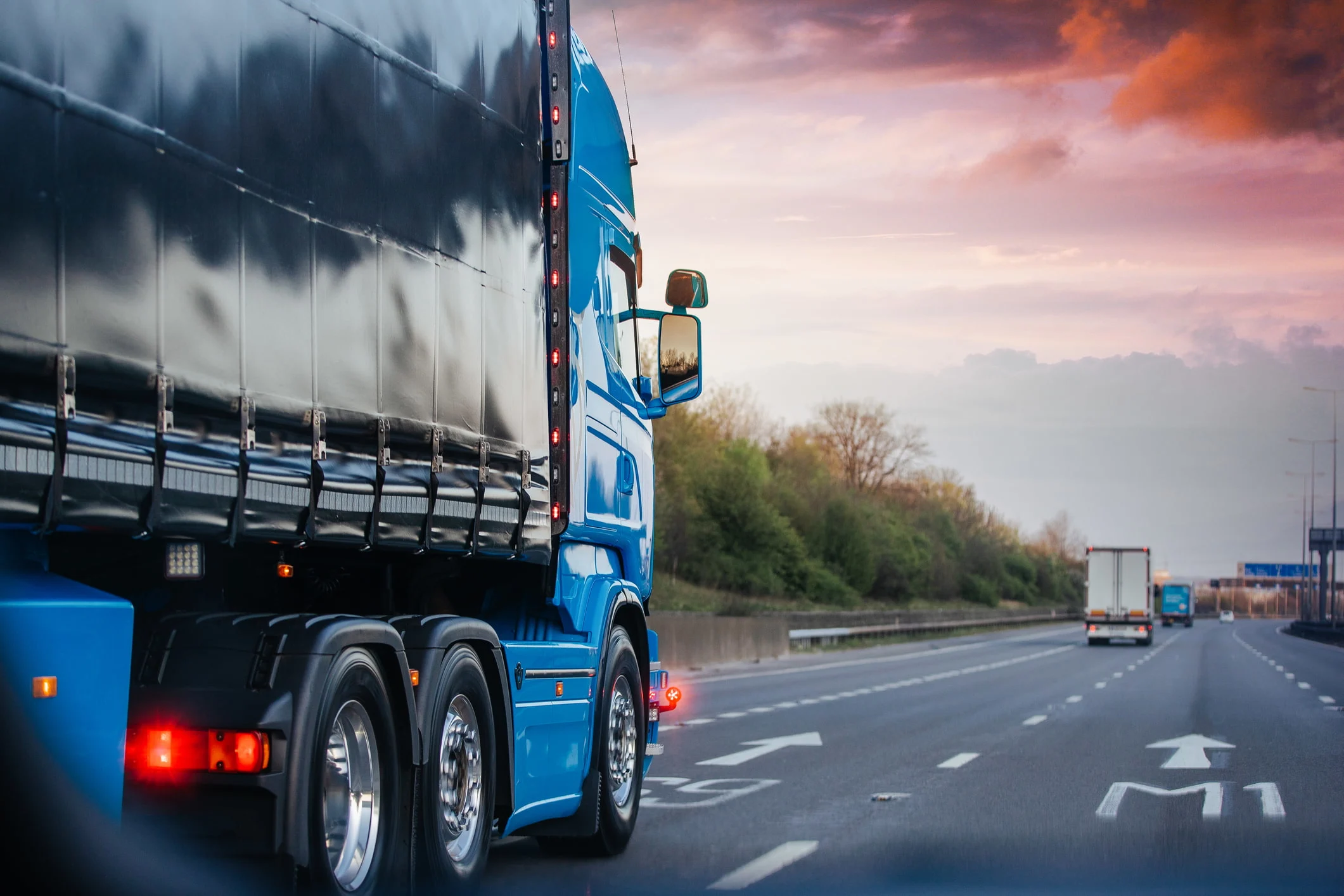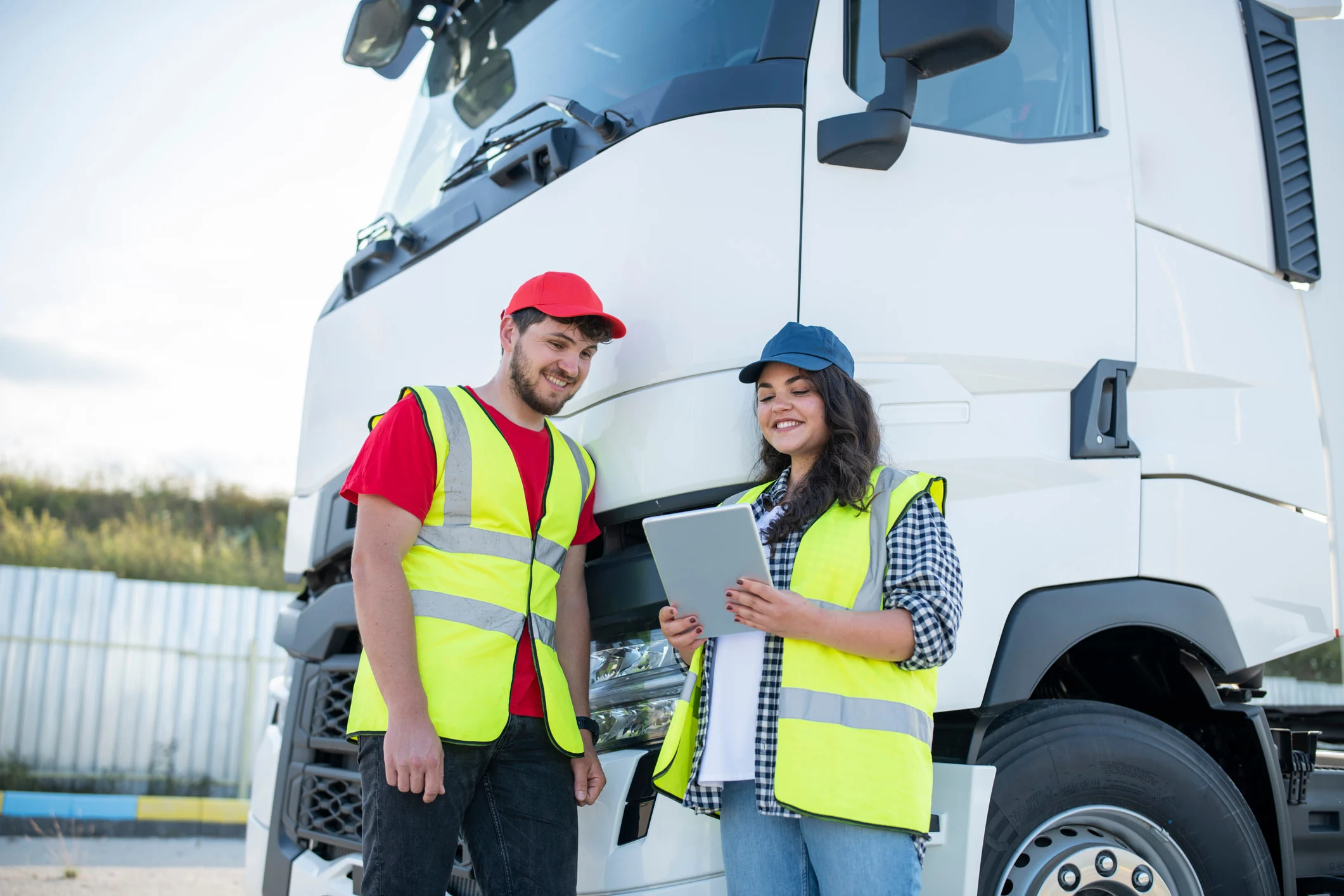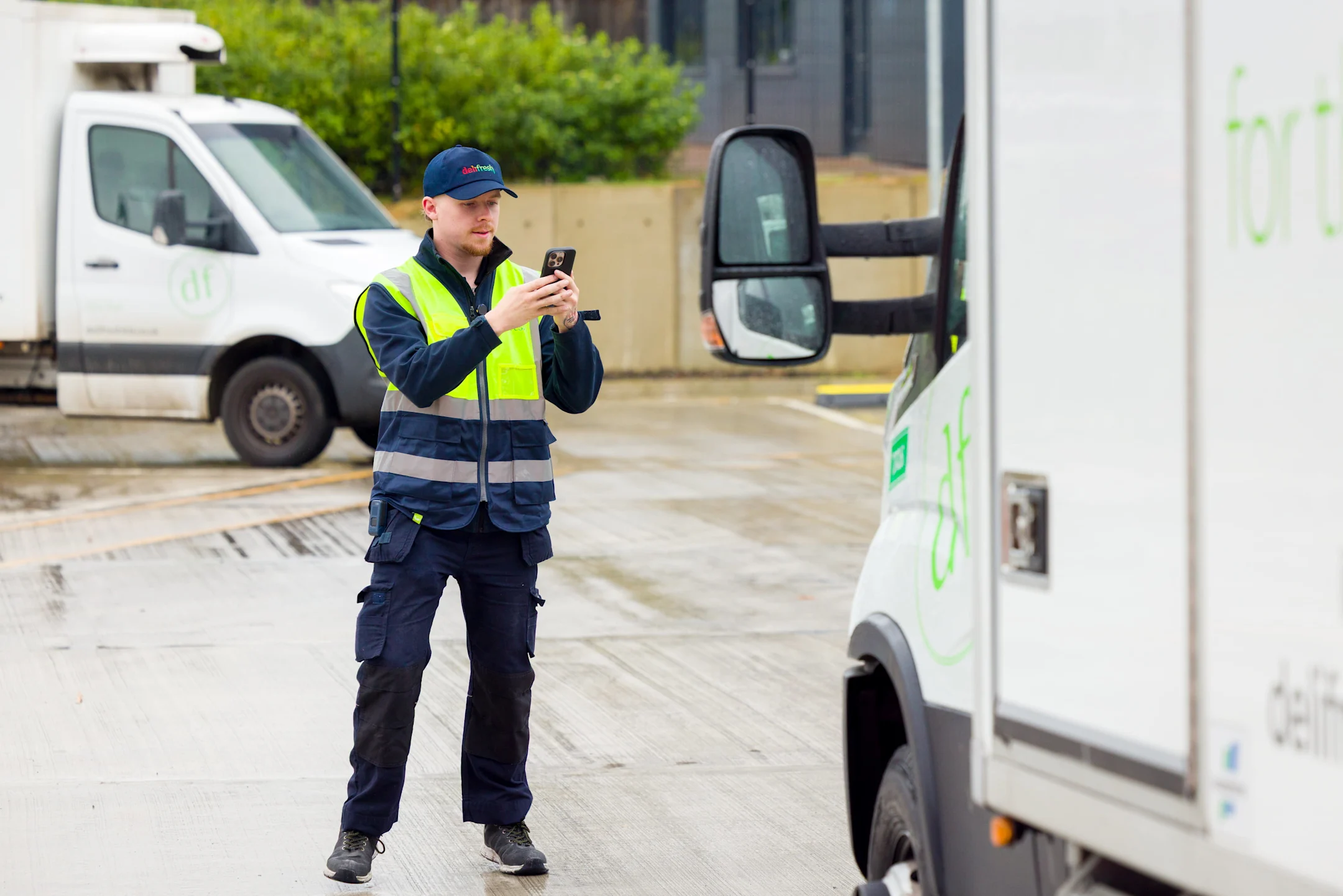Perspectives
Securing driver buy-in for AI dash cams is an essential part of mitigating risk across fleets
October 1, 2025
AVP Sales EMEA

Get the latest from Samsara
Subscribe nowGetting everyone home safe is what matters most. Over the last 12 months, our customers—and their professional drivers—used Samsara’s AI-enabled safety tools to help prevent 250,000 potential accidents. The goal isn’t to watch drivers, but to support them with a “safety co-pilot” that provides timely, respectful in-cab reminders, and simple coaching that reduce risk on the road.
By pairing HD video with AI that can recognise safety risks—like eyes-off-road events, signs of fatigue, or an unbuckled seatbelt—teams can act early, prevent incidents, and lower human and financial costs. The foundation is trust: clear privacy rules, limited access to event-based footage, and coaching that focuses on the event, not the person.
To put it bluntly, this technology is essential for any modern fleet. But the key to success is making sure drivers know the technology is there to help them, not to catch them out. Here, we’ve collated the advice and insights from thousands of customers on how best to secure driver buy-in and to help you get the most from your Samsara platform.
1. Communicate. Communicate. Communicate.
Before you even put a camera in a vehicle, explain what you're doing and why. Hold Q&A sessions, listen to concerns, and encourage open discussion. When drivers understand the whole picture—rather than snippets of information—then they’re much more likely to be on board. Be open about your privacy rules, explain exactly who can see the footage, and when.
"Making sure we kept drivers in the loop was key to getting their buy-in."
- Simon Colderley, Transport Manager at Fox Brothers.
“A few of our drivers were reluctant at first; there was a pretty significant amount of backlash we had to contend with,” said Parle. Thankfully, once drivers realised the cameras were there to protect them, not police them, Midland Tyre Services were able to win them over. “It took a little bit of training, but our drivers quickly realised that the cameras are there for their benefit, and if an accident occurs that isn’t their fault, they’re protected.”
- Chris Parle, Chief Commercial Officer, Midland Tyre Services
2. Focus on protection, not punishment
Don’t present dash cams as a way to keep tabs on people. Show that they’re there to protect drivers and clear them in disputes. The message is “we’re here to back you up”, not “we’re watching you”. That shift makes a big difference.
“The trust and confidence we have built with our team stands us all in good stead. Our drivers now ooze confidence in us, in Samsara, and openly engage through the rough and the smooth.”
- Andrew Sharp, Transport Shift Manager, Delifresh
3. Share real examples
Facts and figures are useful, but real stories can pack a real punch. For instance, When we asked Andrew Sharp, Transport Shift Manager for Delifresh, what his favourite Samsara feature was, he said it has to be the Drowsiness Detection Alert.
“Thanks to the coaching with our drivers, it's become clear that many didn’t realise how tired they were. In one case, a driver was nodding off, and the forward-facing camera picked up standing traffic ahead. Without the alert that woke him in time, he would have run into those vehicles. For me, Samsara’s Drowsiness Detection feature provides real-time active coaching. I truly believe it helps save lives,” he said.
“It’s one thing seeing a harsh braking event on a dashboard, it’s another seeing the video of what actually happened. The ability to visually see the actual situation and real world actions is a game-changer and makes conversations with our drivers and our insurers so much easier.”
- Clark Podger, Head of Digitalisation at EV Cargo
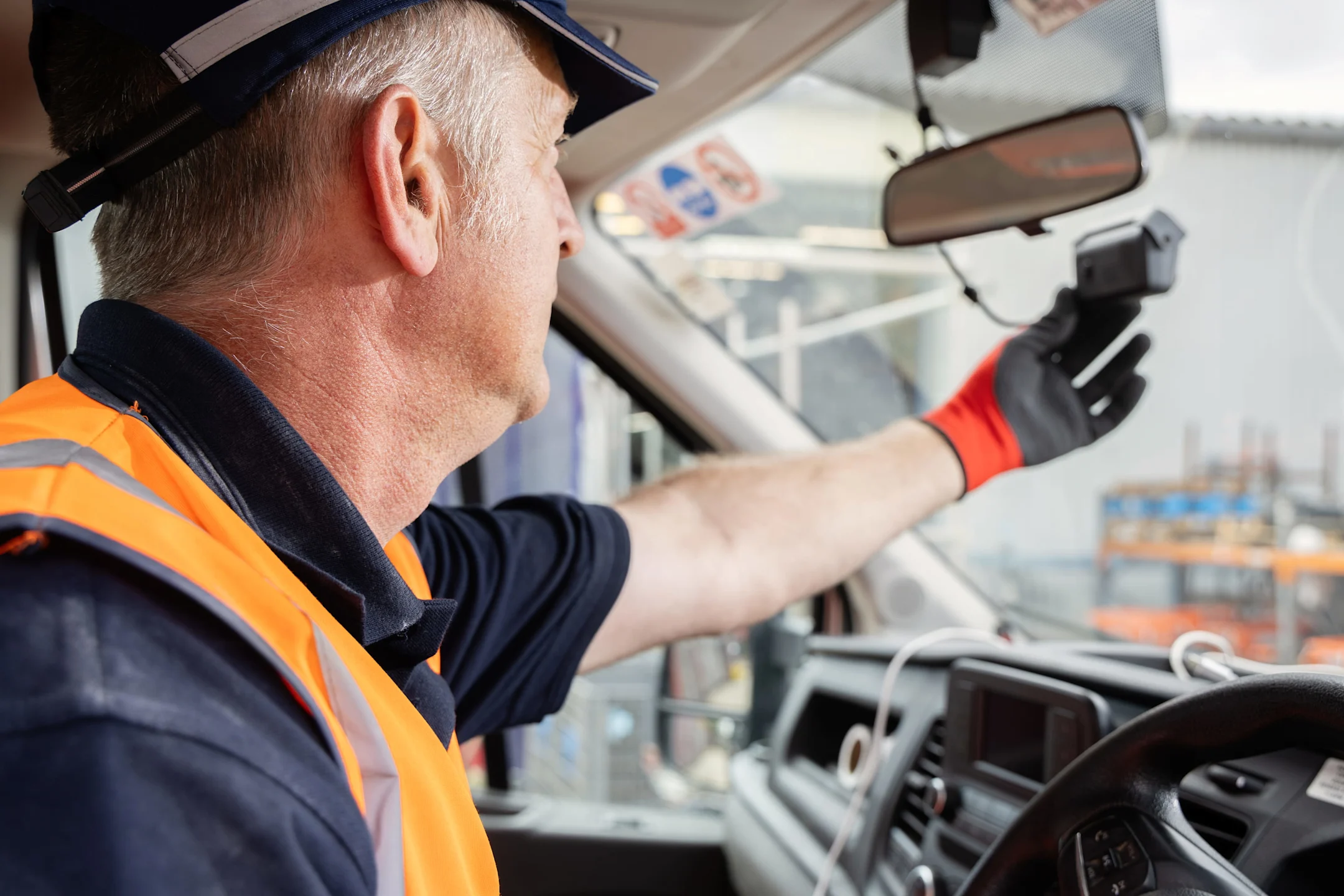
“One week after our first stand-down safety session, we reduced adverse driving behaviours by 95%. It’s all about awareness. Once drivers understood the risks, they were motivated to self-correct unsafe habits themselves. Educating drivers on best practice around vehicle idling as well is paying dividends – we’ve already seen a 10% reduction in overall fuel spend.”
- Matthew Reid, Head of Plant & Transport, Cappagh Browne
4. Make policies and processes clear
Put your rules in writing so that everyone is clear when footage will be used, who can see it, and what happens next. Keep your policies and rules consistent so no one feels singled out. And make sure you meet privacy laws like GDPR and involve your team when updating policies.
“It took a while to get our drivers on board, as the inward-facing cameras can feel like an invasion of privacy. We couldn’t just switch everything on at once. We had to move forward carefully, and show that we’re using the cameras for their own protection in order to gain that foundation of trust.”
- Lauren Austen-Nash, Head of Fleet Compliance at Countrystyle Recycling
5. Reward good driving
Turn the focus from finding faults to celebrating safe driving and use scoreboards, milestones, and recognition to make it engaging. Bonuses, events, or even a quick “well done” can show that dash cams aren’t just about risk but about recognising skill and safety. Samsara’s Recognition feature helps fleets celebrate great driving and build stronger driver relationships. And don’t just restrict the technology to vans and lorries. Put cameras in the cars and vans of management as well, so that safety permeates the whole organisation.
“By focusing on positive reinforcement through Samsara, we’ve seen a significant boost in driver morale. Rewarding safe behaviours motivates our team and fosters a stronger safety culture where good practices are celebrated.”
- Amber Kirkby, Fleet Systems Team Leader, Lanes Group
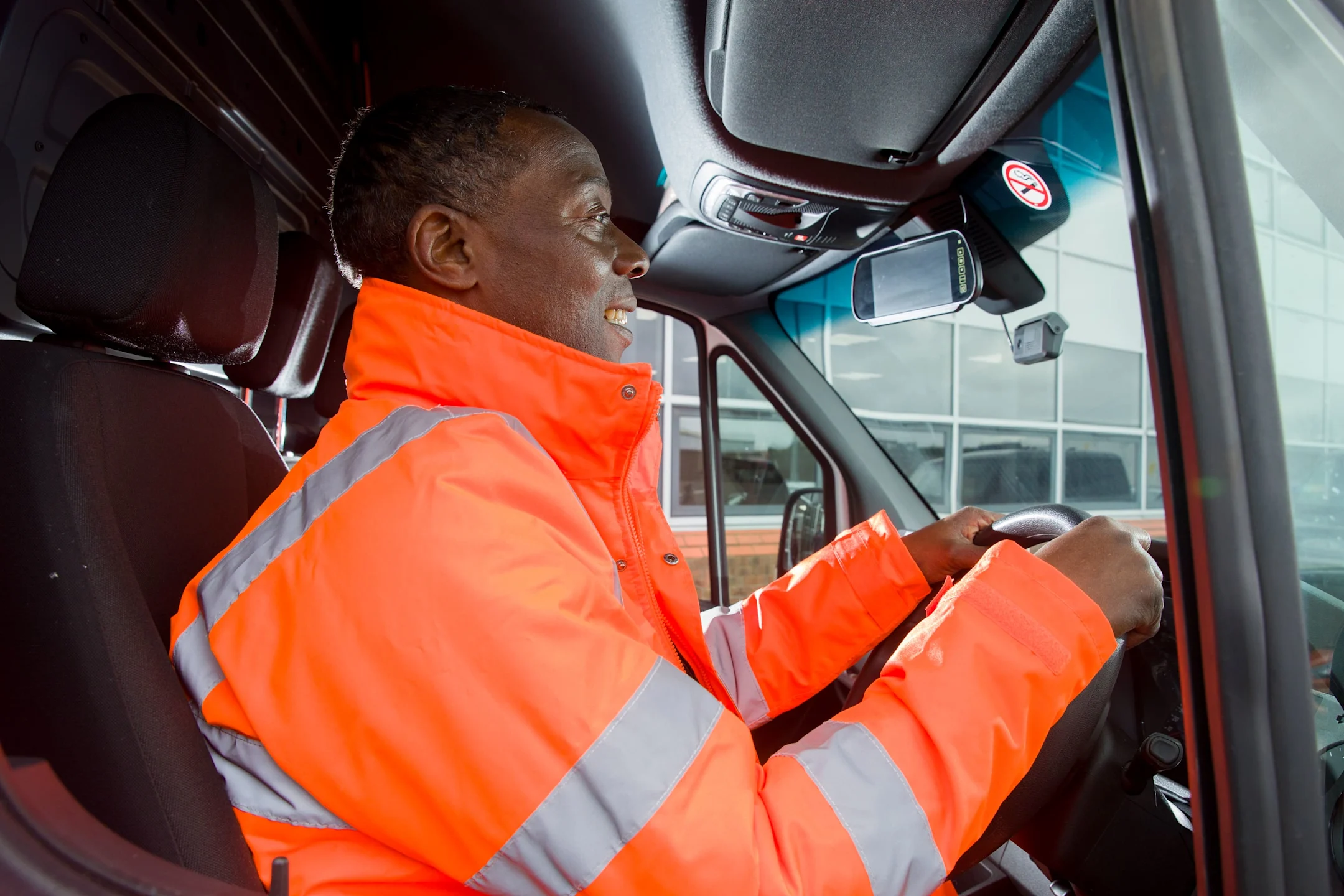
There’s no doubt that AI dash cams can help create safer roads, lower costs, and empower better coaching. In fact, dash cams and other vehicle cameras are now a ‘must-have’ for fleets in the event of an accident, providing essential protection for drivers against false accusations, lengthy investigations, and spurious insurance claims.
But fleets can only secure the benefits of this technology if they get their drivers onside. If you want to discuss any of the issues raised in this blog, please feel free to contact us here.
Get the latest from Samsara
Subscribe now